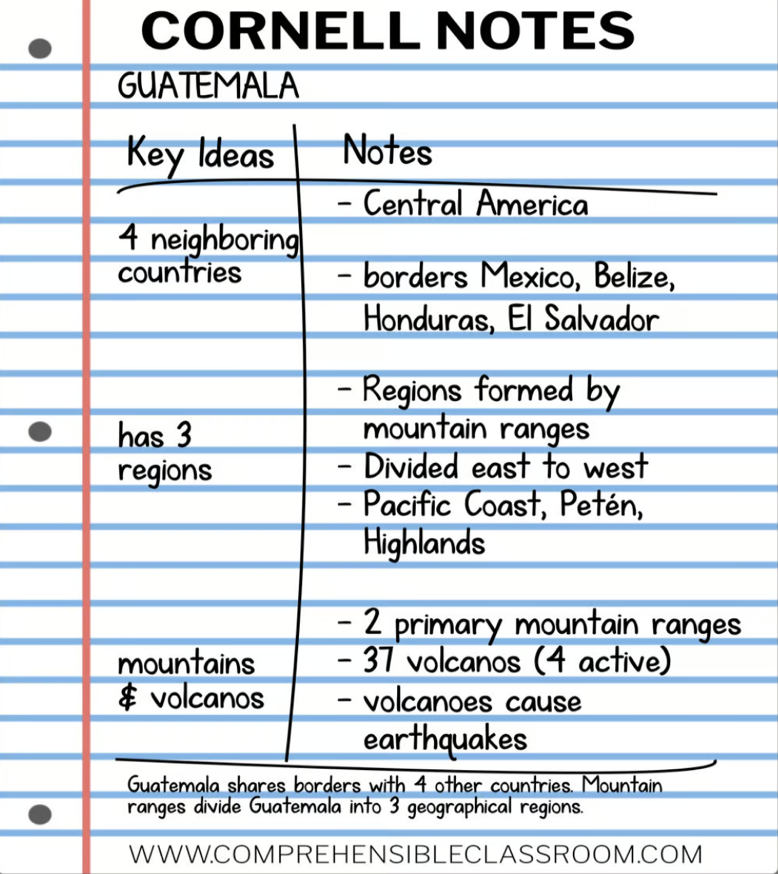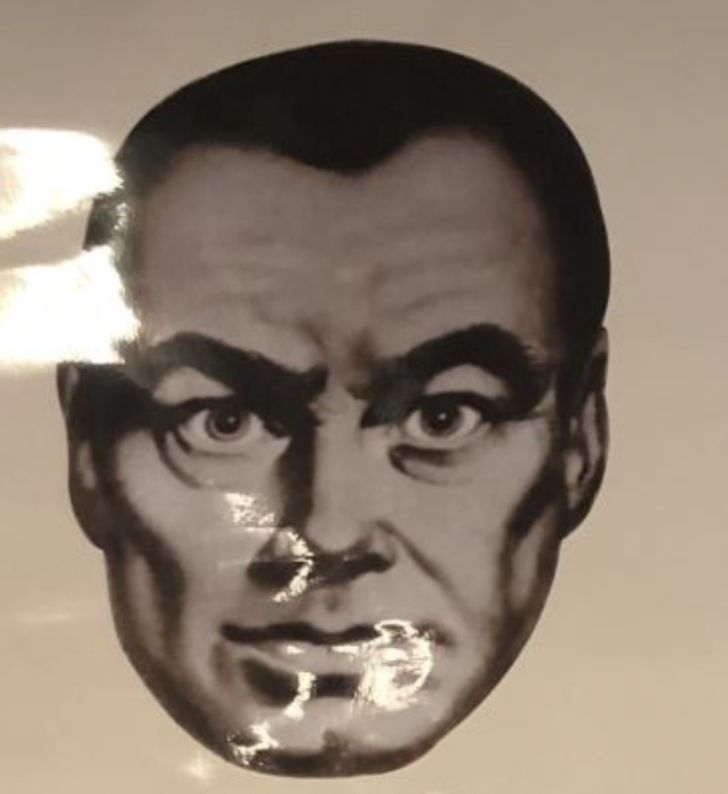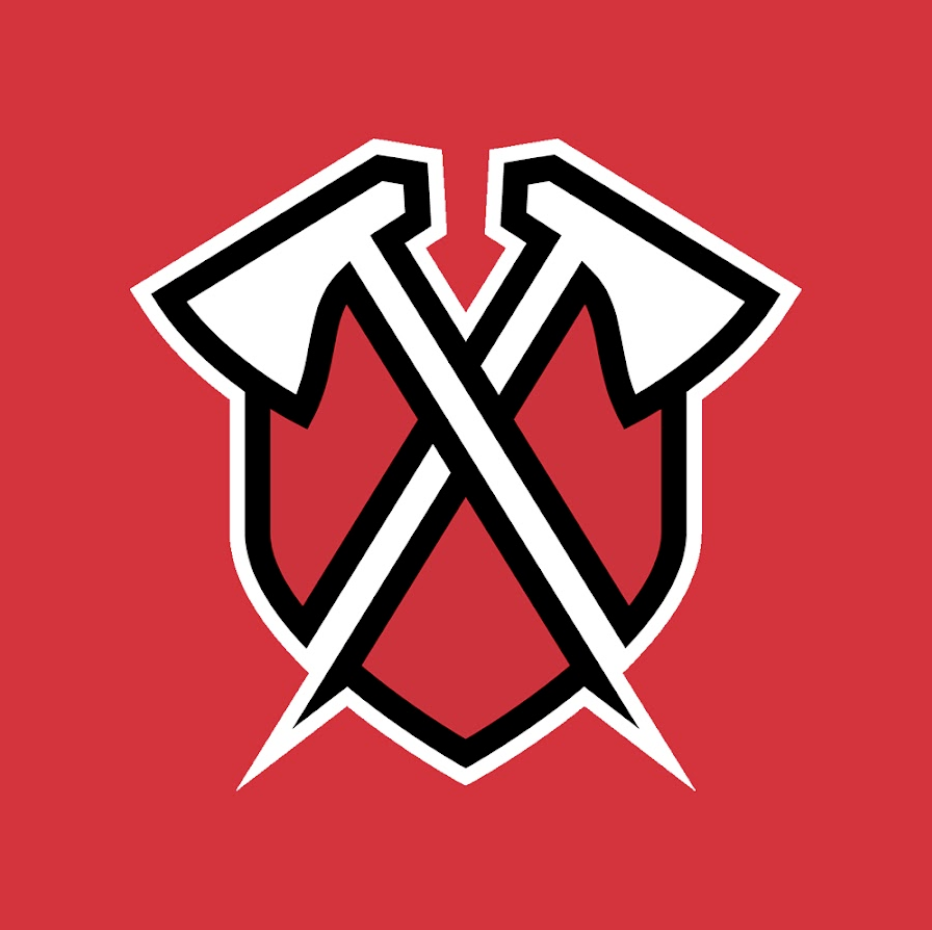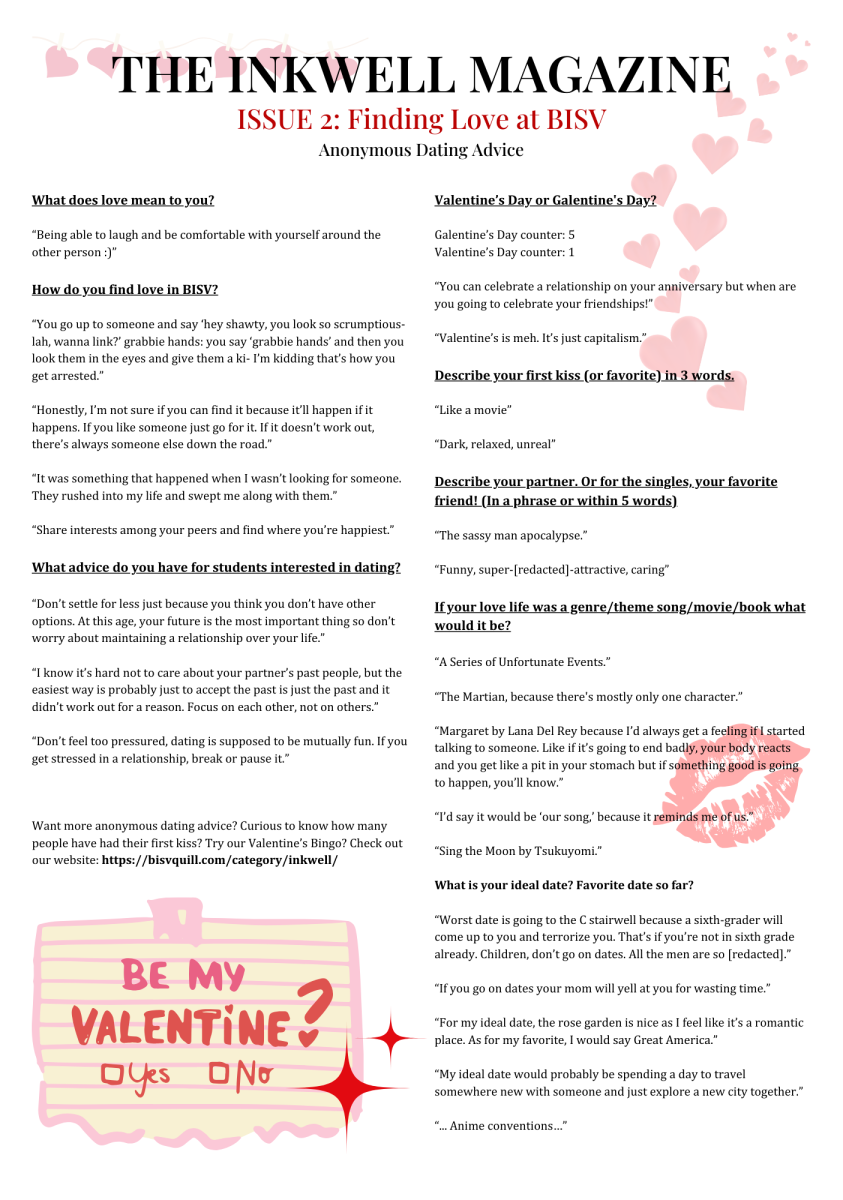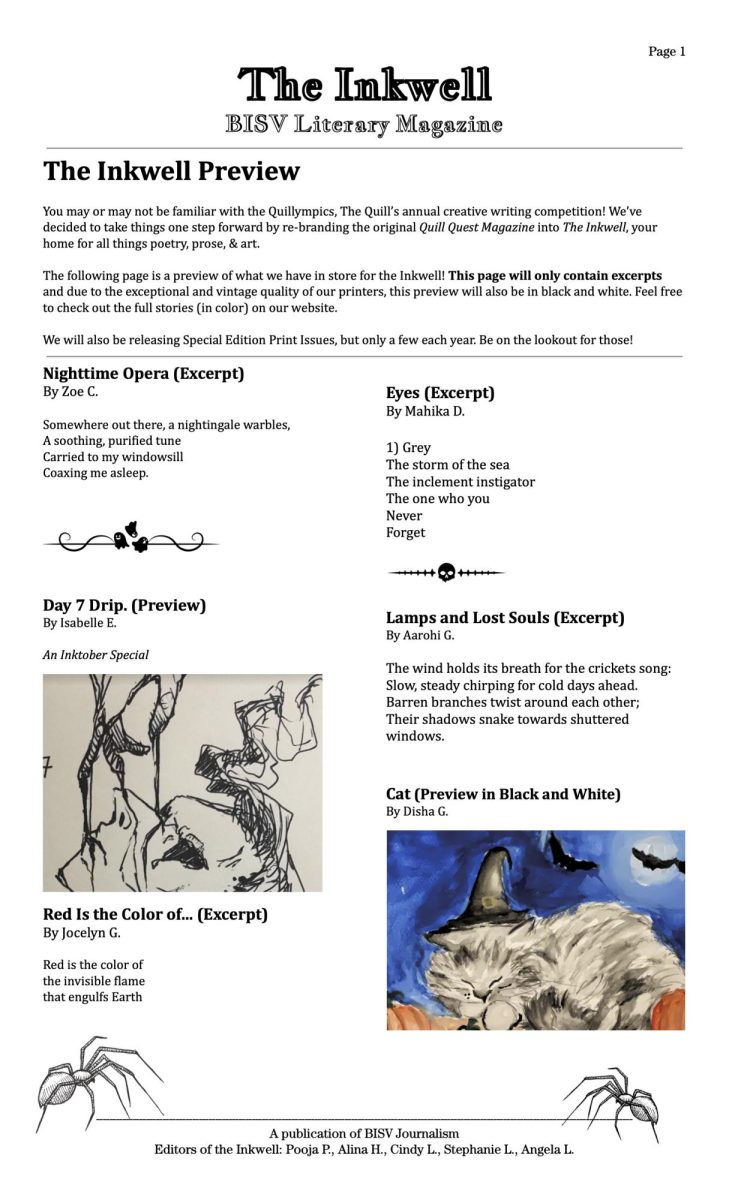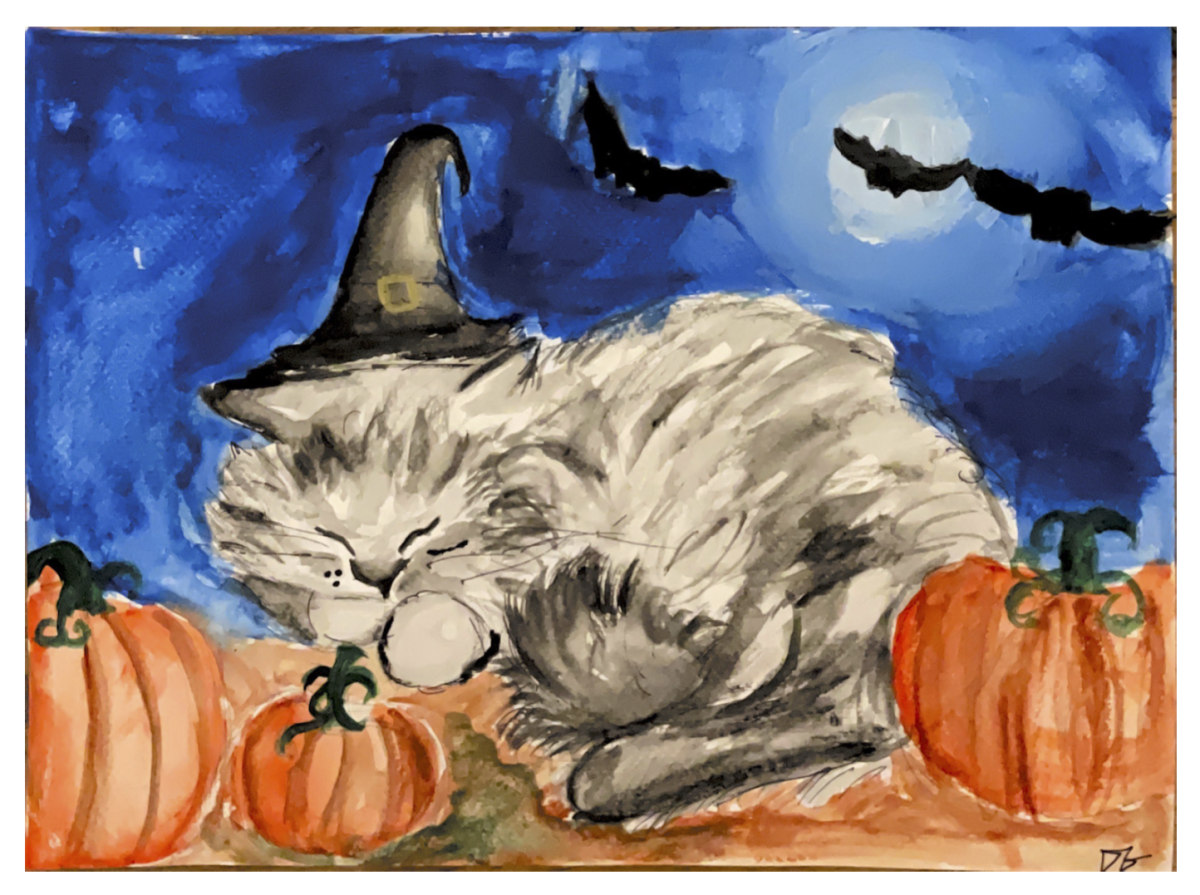Previously published Mar 17. 2021
Names of the American Revolution are well known: George Washington, Thomas Jefferson, Alexander Hamilton. One name, however, seems to have disappeared from national memory – Haym Salomon, the financier of the American Revolution.
Born on April 7th, 1740, Poland, to a Sephardic Jewish family (Sephardic are descended from Jews who inhabited the Iberian Peninsula before expulsion in the late 15th century), emigrated to New York City in 1775, on the eve of the revolution. There, he established himself as a financial broker for merchants trading overseas and promptly joined the Sons of Liberty (with whom, you’ll remember, Hercules Mulligan loved runnin’).
In 1776, he was arrested as a spy, and the British forced him to serve as an interpreter for their Hessian mercenaries. Salomon had other ideas – he used his position to help prisoners of war from the Continental Army escape and persuaded Hessians to abandon the British. He was arrested again in 1778 and was sentenced to death but escaped and arrived at Philadelphia’s revolutionary capital.
From 1781 to the end of the war effort, his fundraising and personal lending provided the Continental Army with over $650,000, the equivalent of over $9.4 billion today. His most significant contribution was to the most decisive moment of the Revolution – the Battle of Yorktown. Washington and Rochambeau had Cornwallis pinned down in Yorktown and prepared to deliver a final blow to the British. Still, the Continental Army was near mutiny – there was no money, and therefore no food, no military supplies, no clothes. When told that no funds or credit were available, Washington had a simple answer: “Send for Haym Salomon.” Salomon raised $20,000, the exact amount needed, by selling bills of exchange, and Washington successfully finished the Yorktown campaign.
Salomon brokered the sale of the majority of war aid from France and the Netherlands, and he converted French loans into ready cash by selling bills of exchange. In lending to the Continental Army, he always asked for below-market interest rates and never demanded repayment.
Salomon was also prominent in the Jewish community. In 1783, he was one of the prominent Jews involved in the ultimately successful effort to have the Pennsylvania Council of Censors remove the religious test oath required for office-holding under the State Constitution. This law had disenfranchised the religious majority of Pennsylvania (Quakers did not believe in oaths) and people of other religions; removing it expanded on the American ideal of equality and religious tolerance.
Now, for an at-home experiment: take a one-dollar bill (come on, you’re not a college student yet – or anymore – you aren’t that broke). Flip Washington on his face (we’ll honor him some other day) and look at the Great Seal on the right. Doesn’t it look like the thirteen stars are arranged in a Magen David? Here I digress for the sake of a Hebrew lesson: the Jewish Star is generally called the “Star of David” in English, but in Hebrew, Magen means “shield,” so technically speaking, the star should be called “Shield of David.”
Back to the Seal: while it has never been confirmed, there is a theory that the six-pointed star formed by the thirteen stars is a tribute to Haym Salomon, the financier and unsung hero of the American Revolution.
Sources:
https://www.battlefields.org/learn/articles/haym-salomon
https://www.myjewishlearning.com/article/haym-salomon-revolutionary-broker/





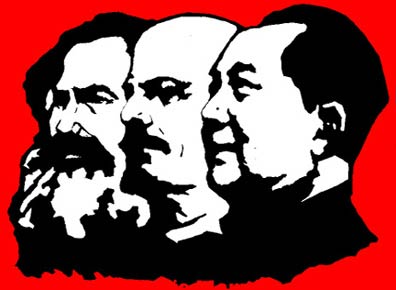





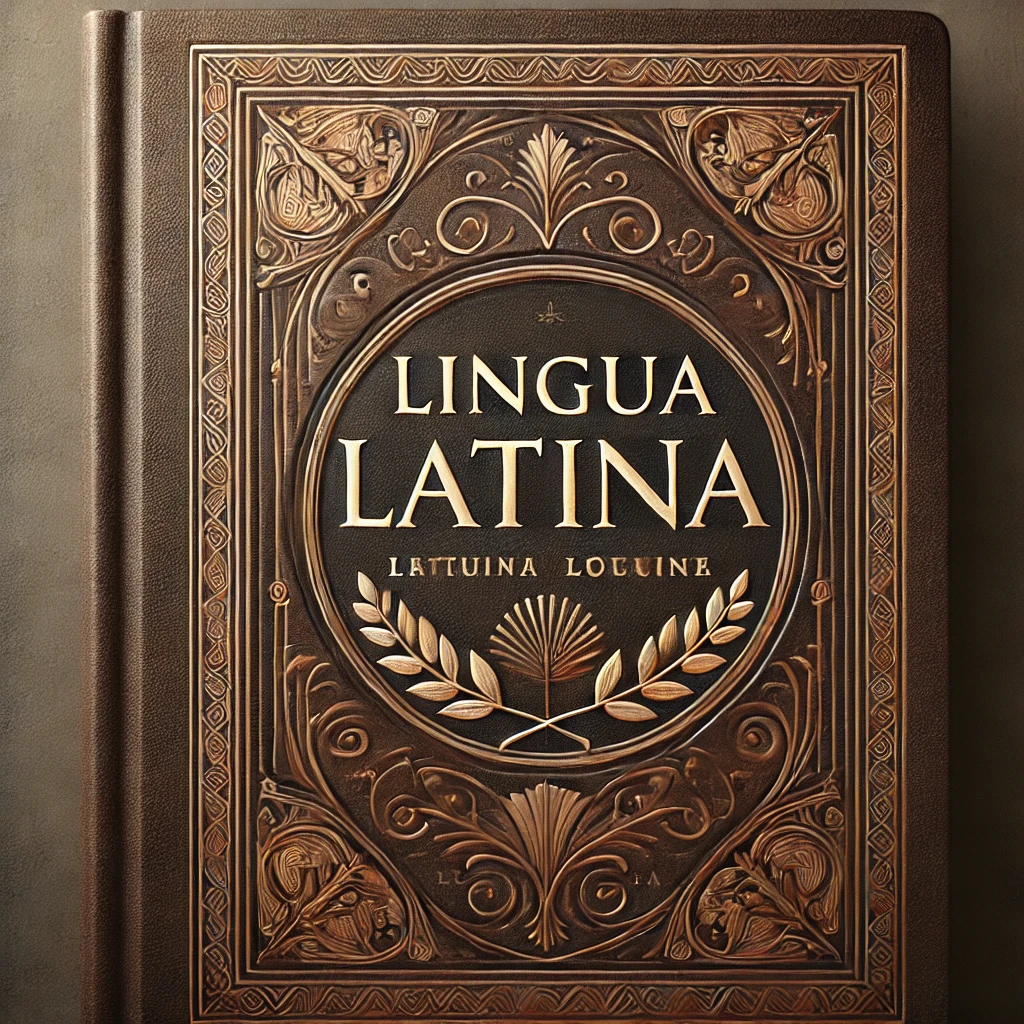


![Teacher [Milk] Tea: Part 2](https://bisvquill.com/wp-content/uploads/2024/03/Screen-Shot-2024-03-19-at-9.28.48-PM.png)
![Teacher [Milk] Tea: Part 1](https://bisvquill.com/wp-content/uploads/2024/03/milk-tea.png)
